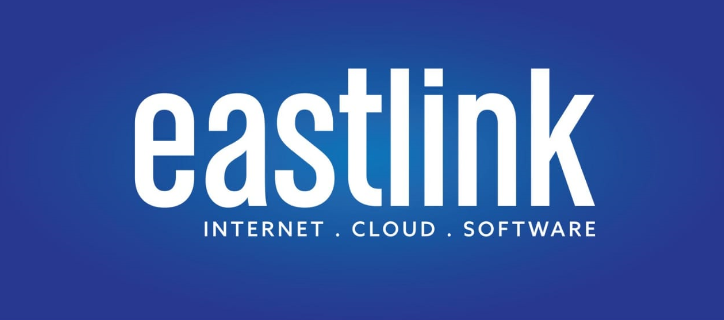What are servers ?
In computing, a server is a piece of computer hardware or software (computer program) that provides functionality for other programs or devices, called “clients”. This architecture is called the client–server model. Servers can provide various functionalities, often called “services”, such as sharing data or resources among multiple clients, or performing computation for a client. A single server can serve multiple clients, and a single client can use multiple servers. A client process may run on the same device or may connect over a network to a server on a different device. Typical servers are database servers, file servers, mail servers, print servers, web servers, game servers, and application servers.
An individual system can provide resources and use them from another system at the same time. This means that a device could be both a server and a client at the same time. Some of the first servers were mainframe computers or minicomputers. Minicomputers were much smaller than mainframe computers, hence the name. However, as technology progressed, they ended up becoming much larger than desktop computers, which made the term microcomputer somewhat farcical.
Types of servers
Let’s start with the various types of servers in network environments.
1. Web server
A web server is software and hardware that uses HTTP (Hypertext Transfer Protocol) and other protocols to respond to client requests made over the World Wide Web. The main job of a web server is to display website content through storing, processing and delivering webpages to users.
2. Proxy server
A proxy server is a system or router that provides a gateway between users and the internet. Therefore, it helps prevent cyber attackers from entering a private network. It is a server, referred to as an “intermediary” because it goes between end-users and the web pages they visit online. When a computer connects to the internet, it uses an IP address. This is similar to your home’s street address, telling incoming data where to go and marking outgoing data with a return address for other devices to authenticate. A proxy server is essentially a computer on the internet that has an IP address of its own.
3. File transfer protocol (FTP) server
The File Transfer Protocol (FTP) is a standard communication protocol used for the transfer of computer files from a server to a client on a computer network. FTP is built on a client–server model architecture using separate control and data connections between the client and the server.
4. Domain name system (DNS) server
The Domain Name System (DNS) Server is a server that is specifically used for matching website hostnames (like example.com)to their corresponding Internet Protocol or IP addresses. The DNS server contains a database of public IP addresses and their corresponding domain names.
5. Database server
Database servers are used to store and manage databases that are stored on the server and to provide data access for authorized users. This type of server keeps the data in a central location that can be regularly backed up. It also allows users and applications to centrally access the data across the network. A large number of the databases used in your organization can be kept on one server or a group of servers that are specifically configured to protect data and service client requests.
6. Application server
These servers connect clients to software applications through virtual server connections. This allows users to bypass downloading data to their own hardware in order to access applications. Application servers can effectively host large amounts of application data to many users at once, making them ideal for businesses.
7. Mail server
A mail server also known as a mail transfer agent, or MTA; mail transport agent; mail router; or internet mailer is an application that receives incoming email from local users and remote senders and forwards outgoing messages for delivery.
8. Gaming server
A game server (also sometimes referred to as a host) is a server which is the authoritative source of events in a multiplayer video game. The server transmits enough data about its internal state to allow its connected clients to maintain their own accurate version of the game world for display to players.












